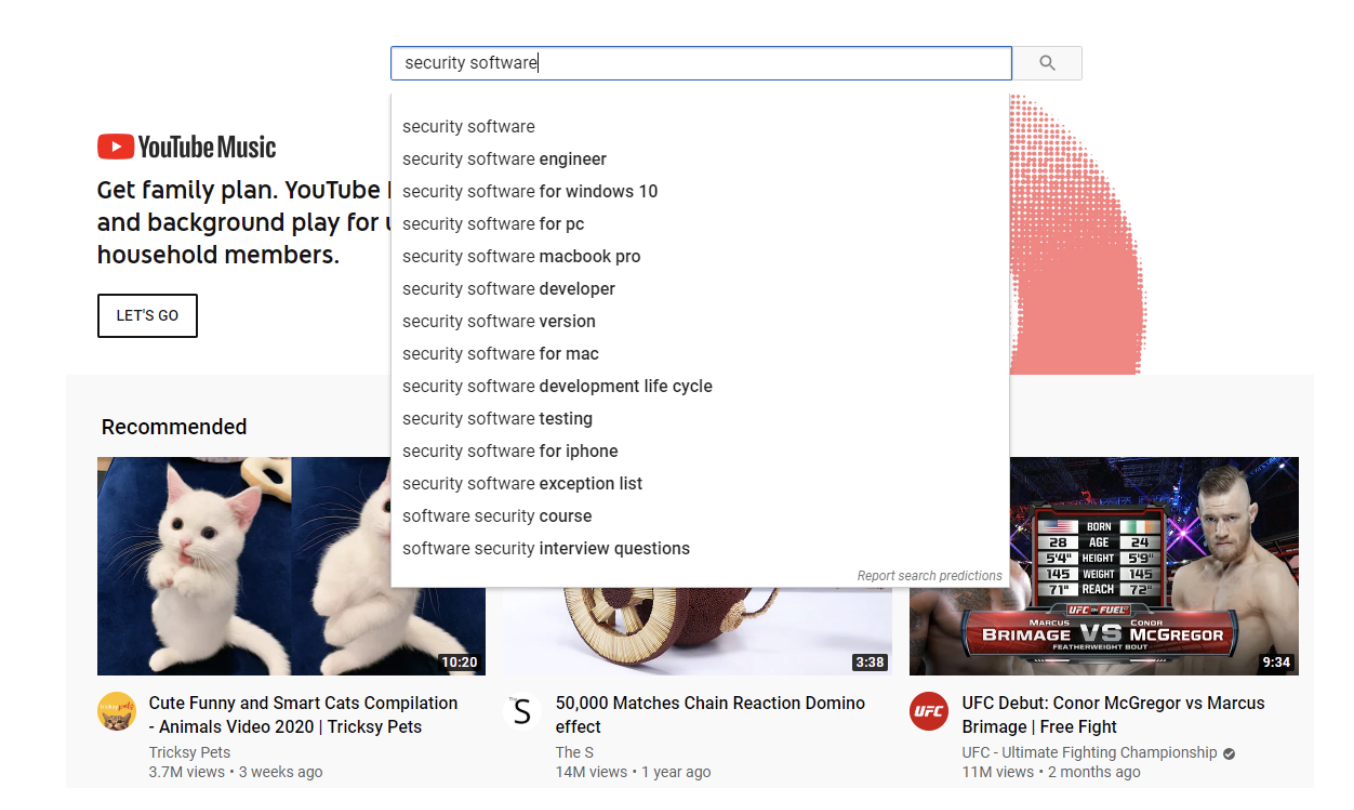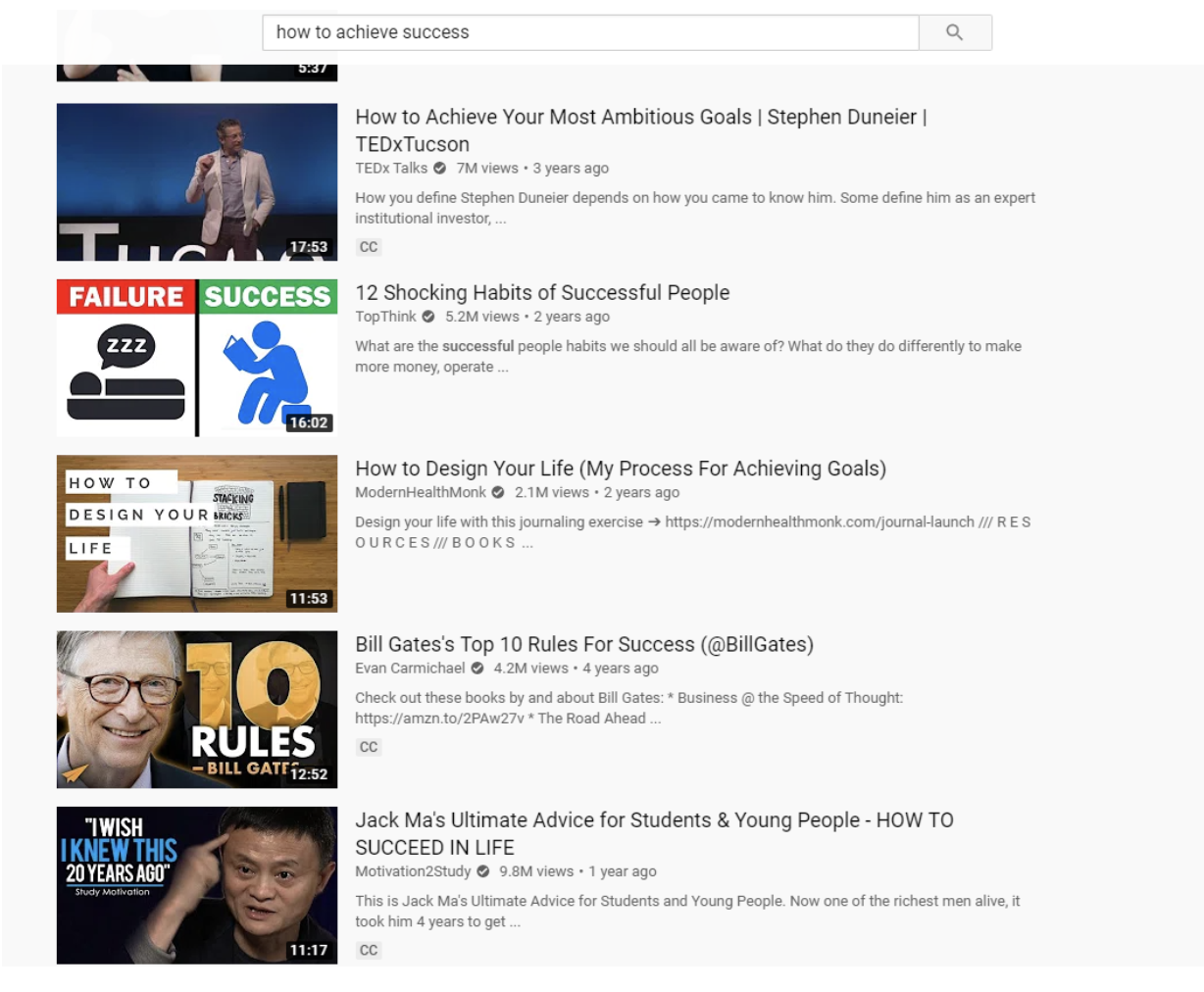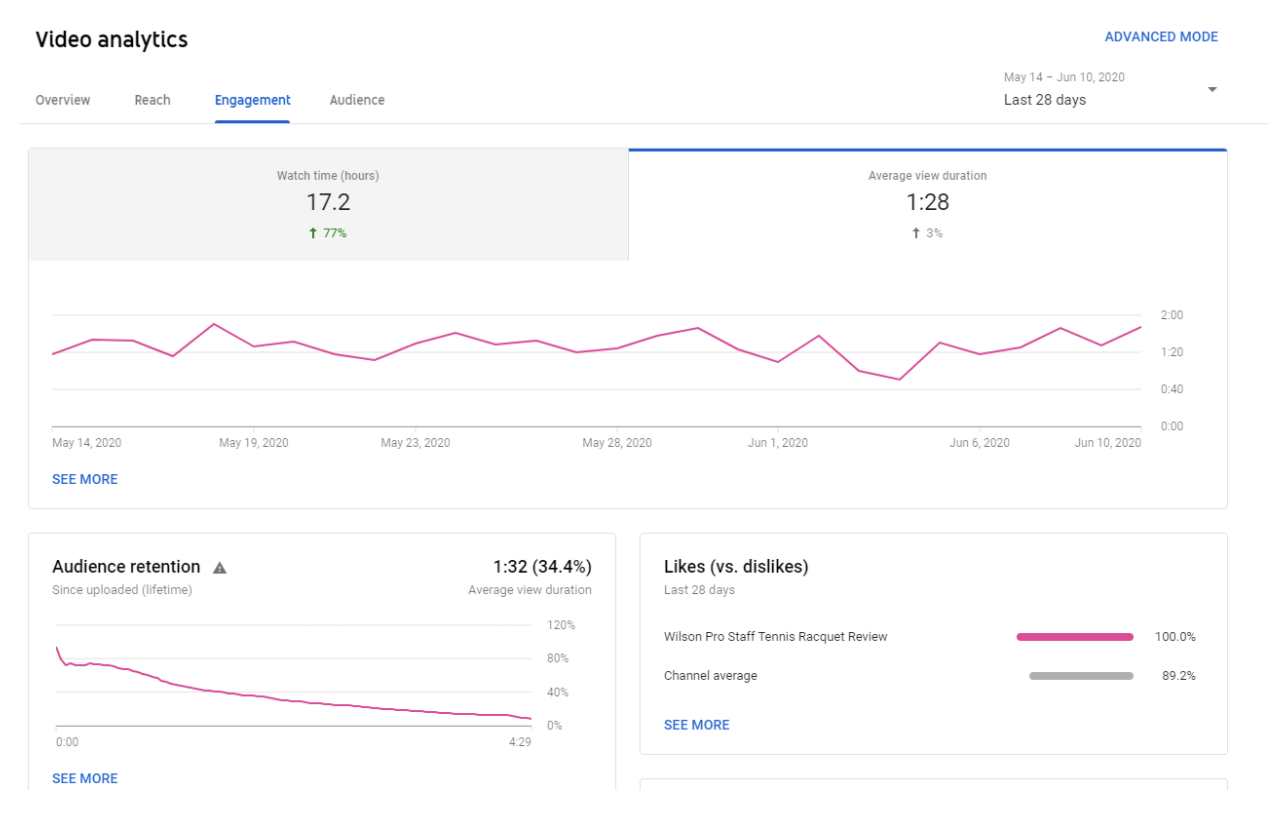
Everyone’s heard of YouTube, everyone’s used it, and many people have posted videos on it, but not so many people see it as a search engine. In reality though, that’s exactly what it is; a platform that identifies information relating to a person’s search query.
Not only should you be looking at YouTube as a search engine, but you should be looking at it as a particularly important one. YouTube is now the second biggest search engine in the world and with over 30 million visitors each day, it’s only set to grow.
Now you might think that 30 million pales into insignificance compared to Google’s 63,000 searches per second, and you might be right, but that doesn’t mean successful YouTube SEO can’t do wonders for your business.
The key thing is, YouTube exposes your content to a very different audience than Google. There are many people who much prefer video to reading, and many of them will skip Google searches all together and go straight to YouTube.
There’s absolutely no reason why your business can’t reach both audiences though, and it all goes back to the fact that YouTube is a search engine. This means that lots of the same SEO principles that you use to rank on Google apply to YouTube and with a few tweaks, you can learn to dominate the two biggest search engines in the world.
Match Query Intent
Ask yourself: “what is my audience looking for and how do they look for it?”
Just like with your blog content, you have to understand what it is your audience wants. What are their questions/problems and how do they go about answering them? It’s only when you understand your audience that you can craft content they’re going to consume and engage with.
Keywords are one of the main ways we understand what people are typing into search engines.
The easiest way to get a better understanding of this is to go to YouTube and start typing your main themes in. Say you sell security software, type it into the search bar and see what suggestions come up.

From this screengrab, you can not only see that what they say about people loving funny cat videos is true, but also that YouTube will give you loads of keyword ideas.
Take things a step further by putting in “security software a,” and see what comes up, then repeat the procedure for the rest of the alphabet.

Once you’ve got some keyword ideas, then you can use tools such as Ahrefs’ YouTube keyword explorer to find out what search volume each phrase has and how difficult it’s likely to be to rank.
The most important thing is not that you do your keyword research though, it’s that you actually use them. Make sure your keywords are featured early in your titles, and that you’re using them as well as related keywords in your descriptions and tags.
Top tip: Use all the space you have available to you. YouTube gives you space to write a title, 5,000 character description, and 500 characters of tags. You don’t need to write a huge essay, but you should be making the best possible use of all this space by writing more than just one basic sentence.
Always Provide Value
Ask Yourself: “How do I answer my audience’s questions?”
This is exactly the same principle as with your written content - how well can you answer your audience’s questions? If you can do so in a thorough, entertaining way, then you’re going to have success.
Nothing has changed here between ranking for Google and ranking for YouTube, it’s just a different medium. So, if you can take your keywords and craft informative videos that answer people's questions in depth, and make it engaging and entertaining at the same time, then you’re going to be on to a winner.
Plus, if you can keep your videos clean, concise, and lighthearted, then people are going to engage better with your content, and this is a great signal for YouTube that your content should be shown more.
Top Tip: Be consistent so people know when to tune in to your content, and use your platform to link them to other useful information. Put links in your descriptions to guide people towards the information you want them to see.
Build Authority
Ask Yourself: “Why should people trust the information in my videos?”
Just because you’ve made a video on “The Best Security Software for Android” doesn’t mean that information is correct. So, how does YouTube determine whether your content is trustworthy?
The key tools YouTube uses to do this are subscribers, shares, comments, and links. The more you get people engaging with your videos using these tools, the more YouTube is going to think that your channel offers some real value.
Most powerful among these are subscribers. When someone subscribes to your channel it means they’ve enjoyed the information you’ve given them and found it so useful that they want to be notified every time you put out a new video so they can benefit from that content.
When thousands of people are subscribing to your channel, this is a pretty strong signal that you’re doing something well and that YouTube should be putting your content at the top of their rankings.
One of the big things with subscribers, comments, and shares though, is that you have to actively pursue them.
People may love your content, but when they get to the end of your video, they don’t necessarily think about subscribing or commenting. When you give them a little reminder to subscribe, or a prompt such as “let us know your business’s biggest security challenges,” then you’ll find people are actually very happy to engage with you (as long as you’re putting out great content.)
Top Tip: People forget to subscribe, so always give them a prompt and tell them why they should comment or subscribe. Incorporate your CTA’s into your video just like you would on your website.
Capture Attention to Boost Engagement
Ask Yourself: “How do my videos benefit YouTube?”
This question is clearly very different from the other three. Instead of being focused on the consumers of your content, it’s focused on the platform itself. At the end of the day though, it’s YouTube that decides where your video ranks, so what does it want out of the process?
YouTube makes its money by selling advertising, in fact, its total revenue from advertising comes to around $15 billion. In order to keep this up, YouTube needs to show lots of ads, and that means people spending a lot of time watching video.
So, how can you help YouTube achieve this?
It’s simple, the more time people spend watching your videos, the more YouTube is going to value them and push them to the top of the rankings because that’s how they earn their money.
The first step to achieving this is grabbing people’s attention and there are few ways to do it. When people see your video listed in the rankings, they don’t have a great deal to go on.

This is why it’s really important to optimize your title and create an engaging thumbnail (notice how the bottom two use a person’s face to build a strong connection with the viewer). If you don’t find a way of getting the click, then you’ve got no way of showing YouTube that people spend lots of time watching your video.
Top Tip: Make your videos more accessible by providing transcripts. These transcripts provide extra copy that has some effect in the SEO algorithm but make sure you provide your own transcripts, or at least proofread the automatic ones YouTube provides.
You can also make use of foreign language transcripts to make your content more globally accessible.
Maximize View Time
Ask yourself: “Why are people dropping off at certain points in my video?”
Once you’ve got the click, then the quality of your content should start to speak for itself, but there are always ways of boosting engagement further.
Just because someone has clicked to your video doesn’t mean they’re going to hang around and watch it all, so you’ve really got to engage people in the first few seconds. You can do this by building suspense. For our security software sellers that might sound like this: “today I’m going to show you which 5 pieces of security software are a hacker’s paradise.”
YouTube also gives you handy tools to help make sure you’re keeping people's attention when you’ve got it. If you head to the YouTube studio, you can not only get analytics for your channel as a whole, but also for each individual video.

If you look at engagement, then you can see how well your videos are holding the audience’s attention. For example, we see with this video that a lot of people drop off after about 5 seconds, so why is this? When you know where you are losing people, then you can strategize for how you’re going to rectify the situation.
When you’re getting people all the way through to the end of your videos, don’t just let them go away either! Create playlists and cards that suggest other videos of yours that they might want to watch. When you’re doing things right and retaining people’s attention, then you want to maximize this as much as possible.
Top Tip: Making playlists is a great way of maximizing the amount of time people spend watching your videos. Create playlists based around your keywords and encourage people to watch two or three of your videos at a time rather than just the one.
Takeaways
For SEO people who are used to ranking their websites mainly through text, it’s tempting to write YouTube off as something that’s outside of their wheelhouse. The fact is though, YouTube is just too big to ignore, and you’re cutting your business off from a huge audience by not embracing it.
You might be working with a different medium, but many of the principles of YouTube SEO are very similar to those you use to rank on Google. This means it’s not a big stretch for businesses that are successfully ranking their written content to create video content that dominates on YouTube.
It all boils down to understanding your audience and creating the high-quality content that’s going to answer people’s questions. If this sounds familiar, then that’s because it is - it’s what ranking on Google is all about too!
There’s nothing stopping you from ranking well on YouTube and reaching another huge audience that’s slightly different to the one you engage with through Google.




